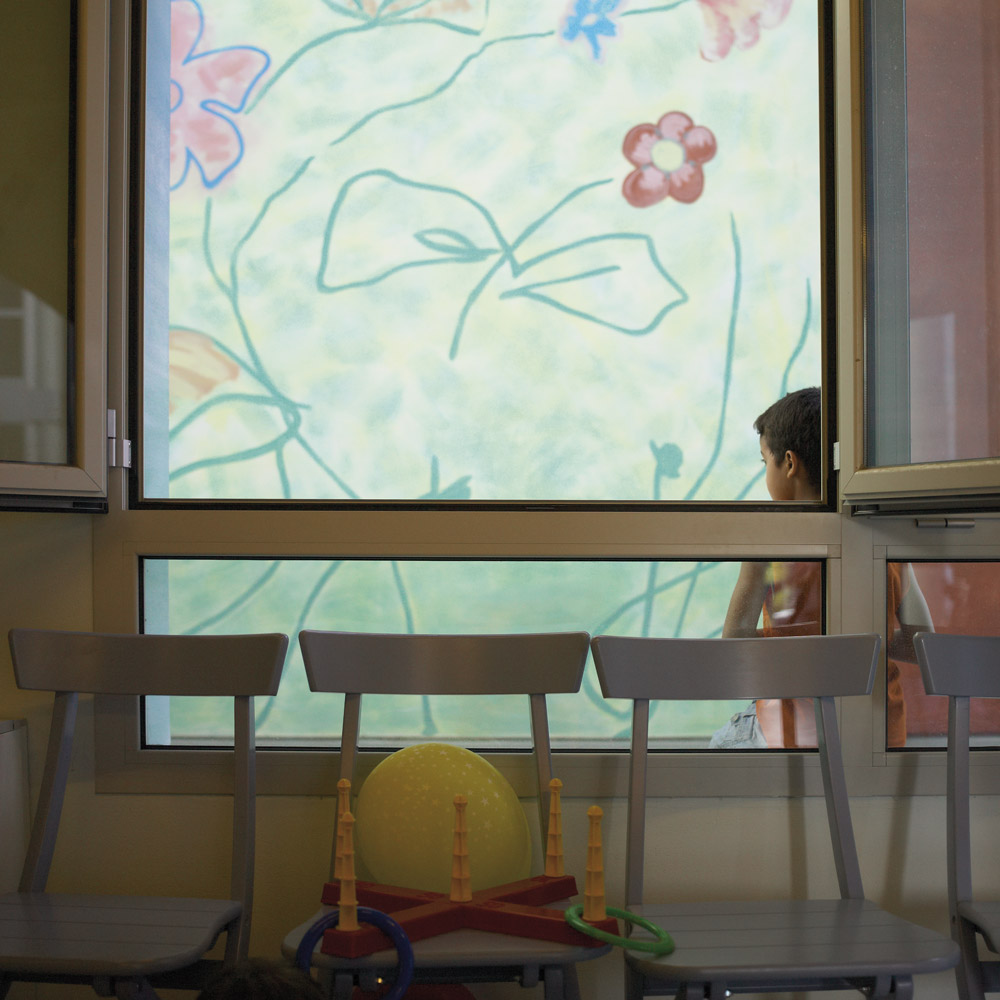
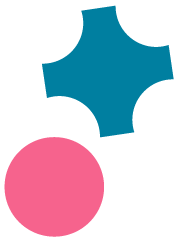
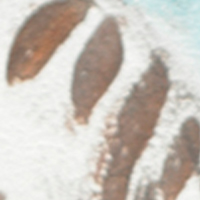
SETTING UP PARTICIPATION PROCESSES
The true sense of participation is an organised progression to which everyone authoritatively contributes with their own recognised skills.
This means that children were expected to be children and not adults or architects.
The children were asked about their needs (expectations) and we listened, discussed and accepted, taking interest and giving value to their observations.
We didn’t ask them to design solutions and we didn’t hand them a pencil so that they could try to be architects.
Spontaneity, innocence, naïf – they are simple solutions to complex themes.
Architecture has been suffering a profound crisis of identity in recent years. The only novelties introduced are marginal and do not have a profound effect on projects; they relate to performance and comfort levels. The great revolution that might liven up the years to come will come from new participation of individuals, and will depend on designers’ ability to listen.
Participation and listening – especially to people who have never been listened to, the future dwellers.
People who have been ignored for a very long time can be an unexplored mine of ideas.
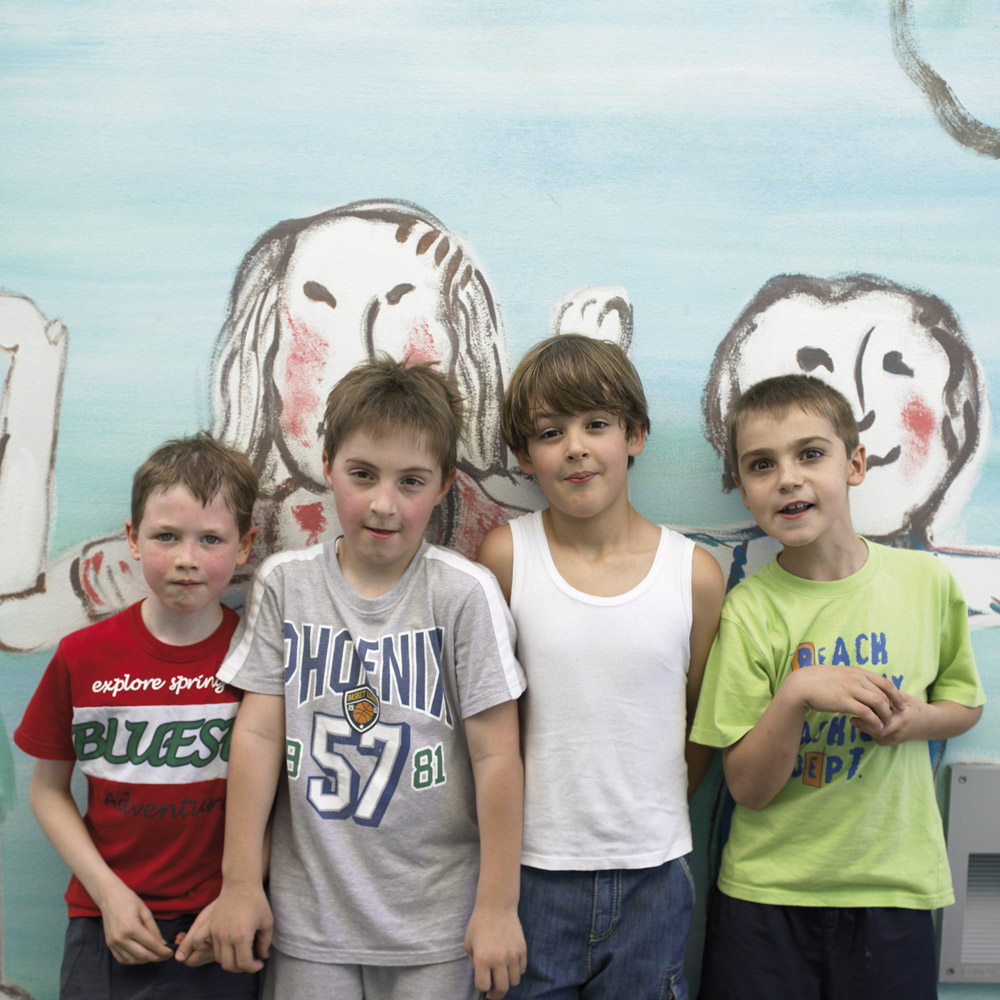
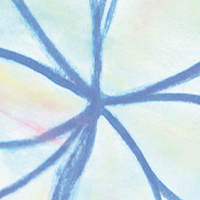
WORKING IN GROUPS
Group work, as a way of preventing people from losing their way in solitary streams of thought, forcefully locking the discussants in a dialogue and setting the condition that all must be talked about and reasons must be supplied for everything.
Working in groups, working in the plural, is much harder and requires a much longer time-scale than working solo.
Understanding is not a solitary path, but is found in the ability to maintain relations with others, to tune your mind in to others.
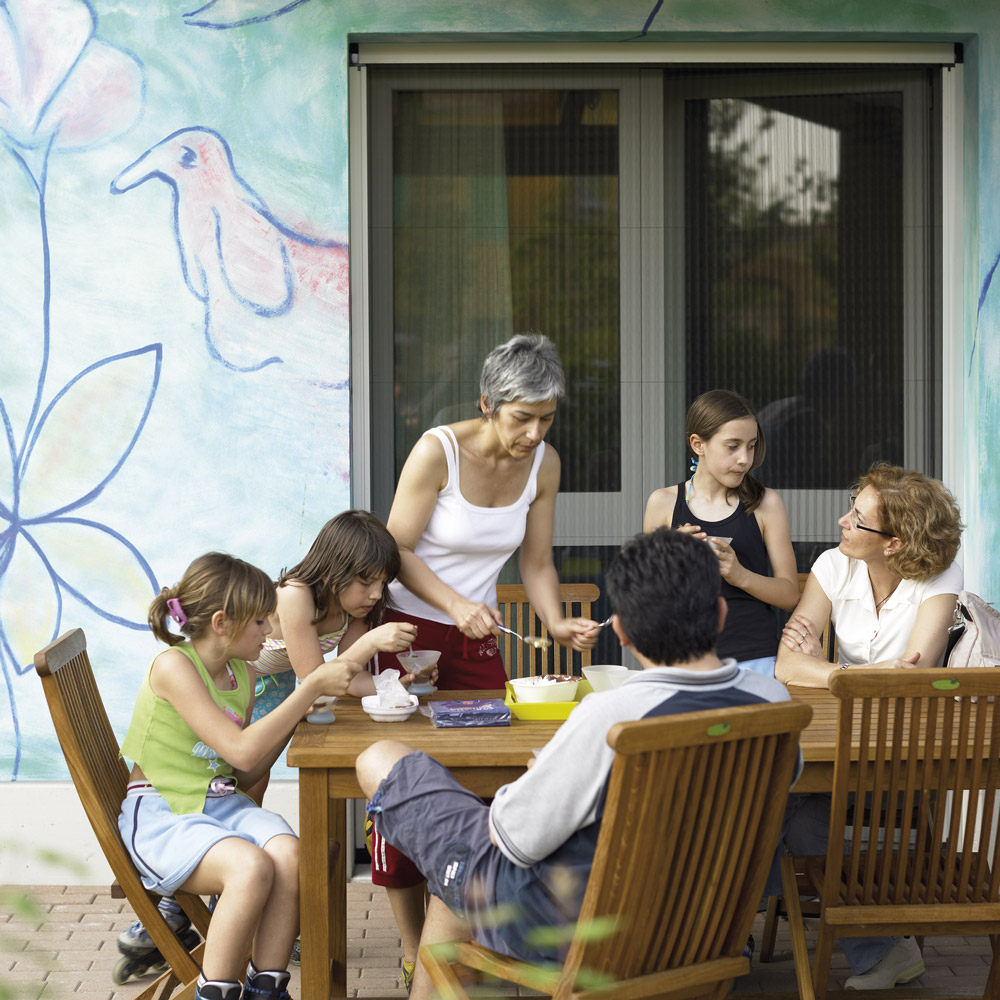
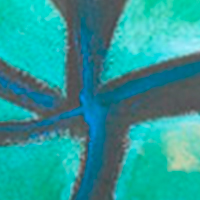
BEING CURIOUS
The ability to be and work in the “area of doubt”, granting yourself time to progress, means building on your ability to exist in the duality of doubt. This means you can co-exist serenely with those question marks which call you to follow a mental pathway in the search for possible answers.
Being curious means pushing your gaze further, stretching your ears to listen; all this gives you a mental tension that goes beyond the immediate and the visible.
Curiosity takes its energy from questions. It is of fundamental importance to start of with a few pertinent questions which guide research and reflection, and which replace answers which at times can be immediate and simple but which often risk closing up horizons of thought.
Good initial questions lead to other questions and which are returned to several times during the reflection process. Thus the questions themselves become the guide, the stimulus, the spur.
Thus good questions set off good research.
This leads to the need to learn to ask yourself questions as adults and learn to ask excellent questions of children.
This means asking questions that may seem very simple at the outset but which are useful for understanding how to move forward, how to be ready with the next question at all times: this is how the question itself becomes the threshold from which new questions are generated,
advancing thought processes.
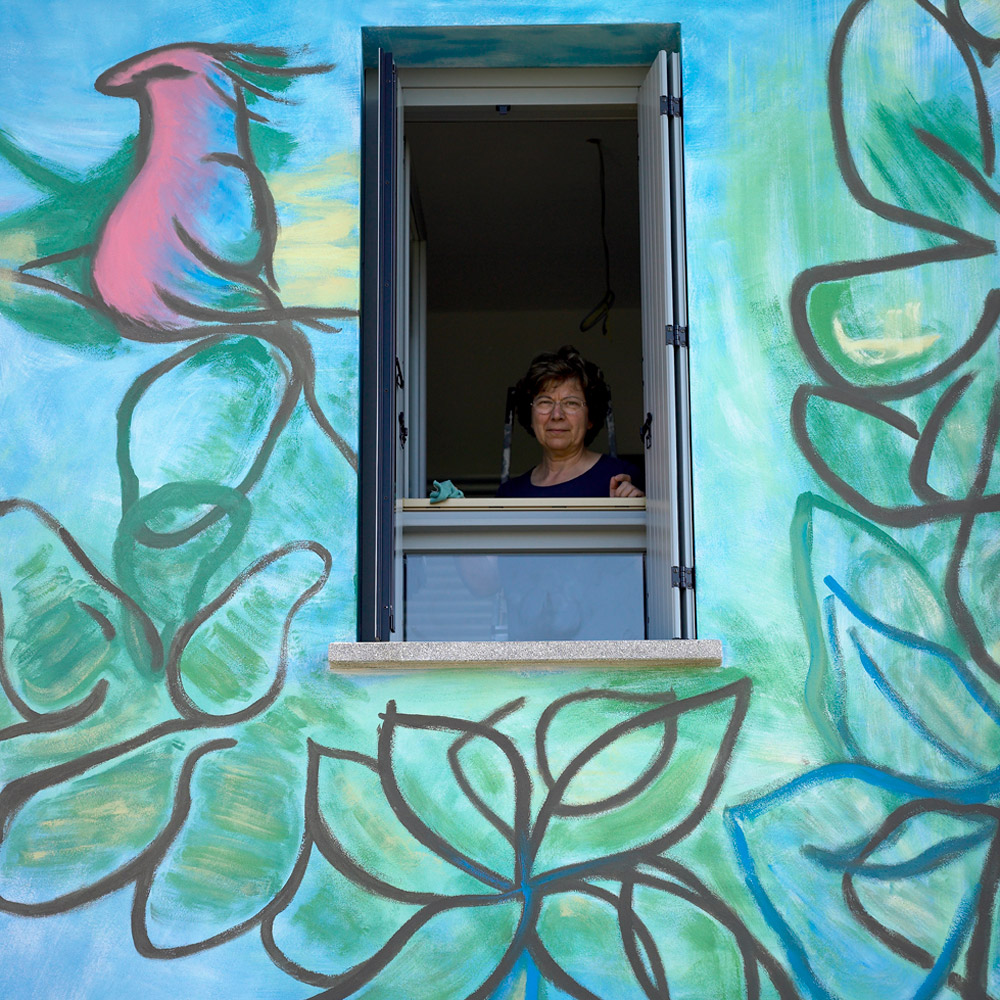
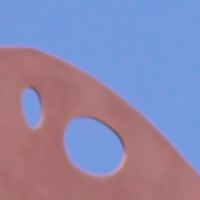
LISTENING
Giving importance, legitimacy and interest to the contributions and ideas of children is the most revolutionary aspect of the research.
Listening to their needs and taking in their comments: welcoming, playful… richness, transparency…
These are words that have disappeared from the vocabulary of those who actually make houses.
Everyone would like a welcoming house but nobody has the courage, the hope, the ambition… Or maybe they don’t even go as far as imagining it.
So setting up a strong and authentic active listening mode and inviting each individual to take part, really take part in the listening while at the same time contributing to the process of the project and the decisions regarding it, all of this makes for a combination of novelty and different points of view which are gathered up and re-launched in a sort of virtual spiral.
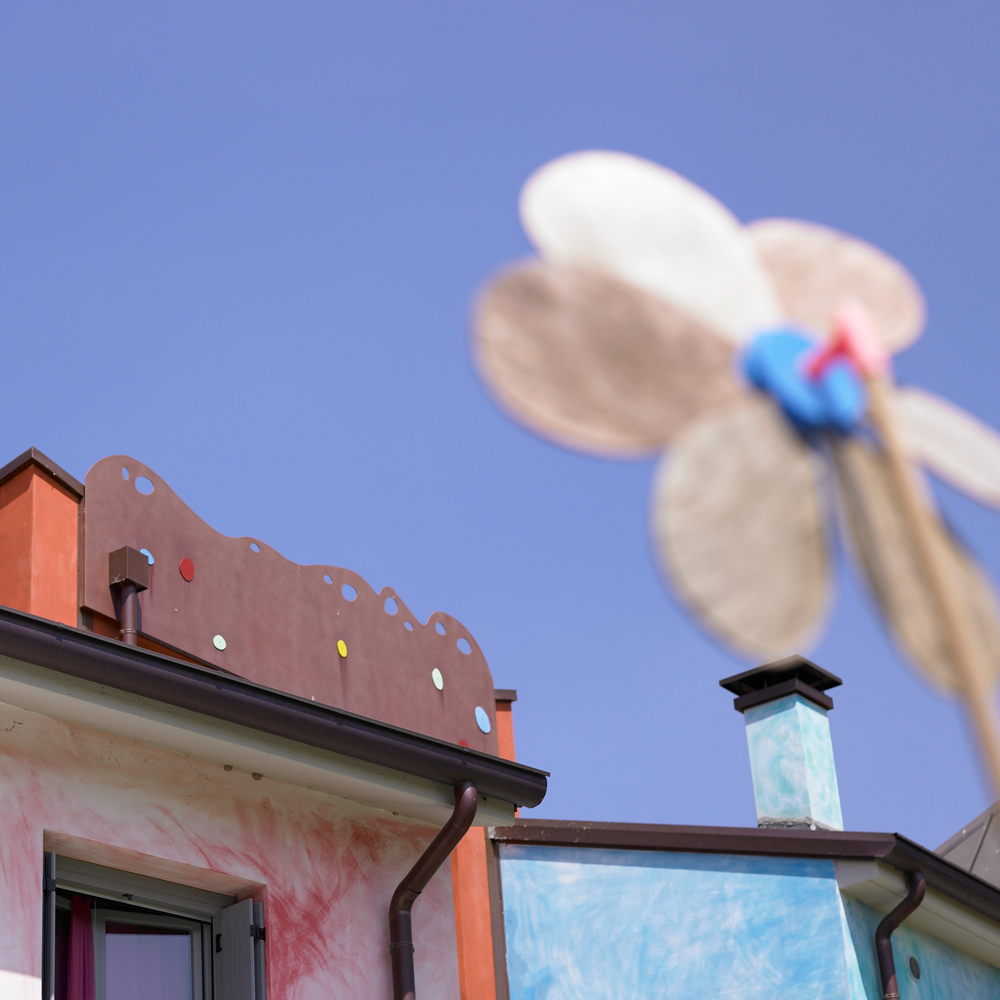
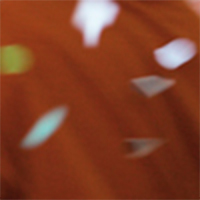
TALKING
Dialogue and argument were among the most important instruments in this experience.
Conversations and discussions were recorded and gave us worthwhile documentation of the thoughts and desires of the children.
Much of it was drawn from things the children had suggested some years previously to us, the groups (architects and psychologists) involved in the building project; these themes were transparency, decoration, intimacy, magic, and all found their expression in the dwellings.
You need time and plenty of determination, and you have to be convinced that what you are doing is important and will make its mark.
Another challenge is to think and design a place which needs to be extremely contemporaneous and, as far as possible, projected towards the future, flexible but at the same time provided with a strong identity and clearly recognisable traits.
For all of these reasons which work on various levels of complexity, I am totally convinced that processes of participation have to be set up where everybody involved, whatever their specific skill, contributes with her or his own reflections. You need many points of view which integrate,
cross-fertilise and in the end relate to one another.
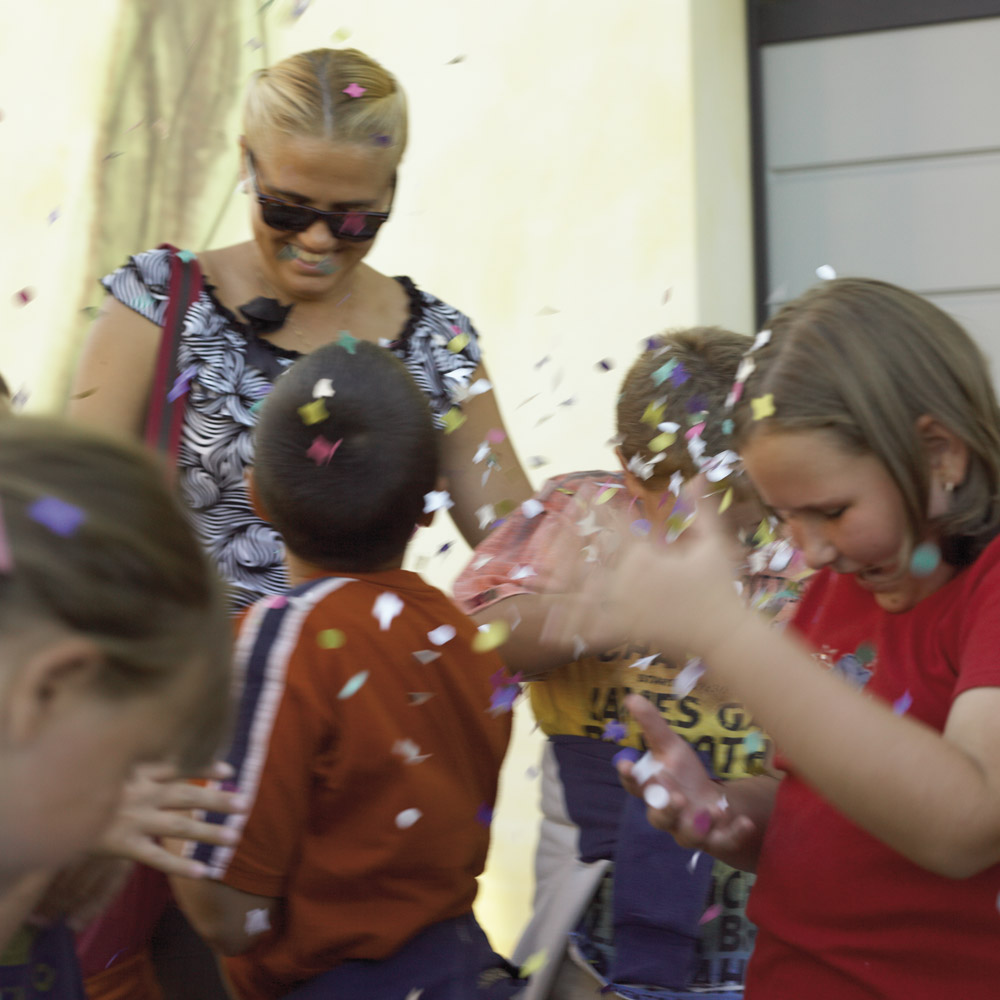
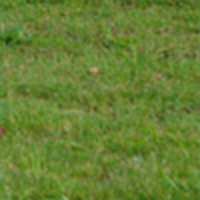
TO PLAY
The sign you see most often in Italian neighbourhoods is ball games prohibited.
It seems that the riskiest thing that can happen is for children to start playing. Yet it has to be one of the most precious things about childhood.
Through play children socialise, experiment with roles and relationships, take on a cultural baggage through the creation of situations and simulated solutions, give space to their imaginations and learn to face the challenges of daily life.
Play is a huge opportunity and just demands to be facilitated and supported. Children express their personalities and learn through play – and their right to it is actually enshrined in the law, too (article 31 of the UN convention on the rights of children, 1989).
But then play has to be supported as an ability which follows an individual throughout her or his lifetime and which needs to be continually fuelled; the desire to enjoy yourself and get really involved
in things is an important process that deserves to be sustained but needs forceful backing. Passion is a fundamental lever – it props us up when we are weary, it excites us, it gives us the confidence to take a rest, to slow down but it does not disappear.
Passion is also a communicative language, a way of understanding and considering things and plans, it gives thrust and direction to the future. The future is that privileged place where we will all learn to find our role and in our particular professions it is the habitual time where we necessarily reside.
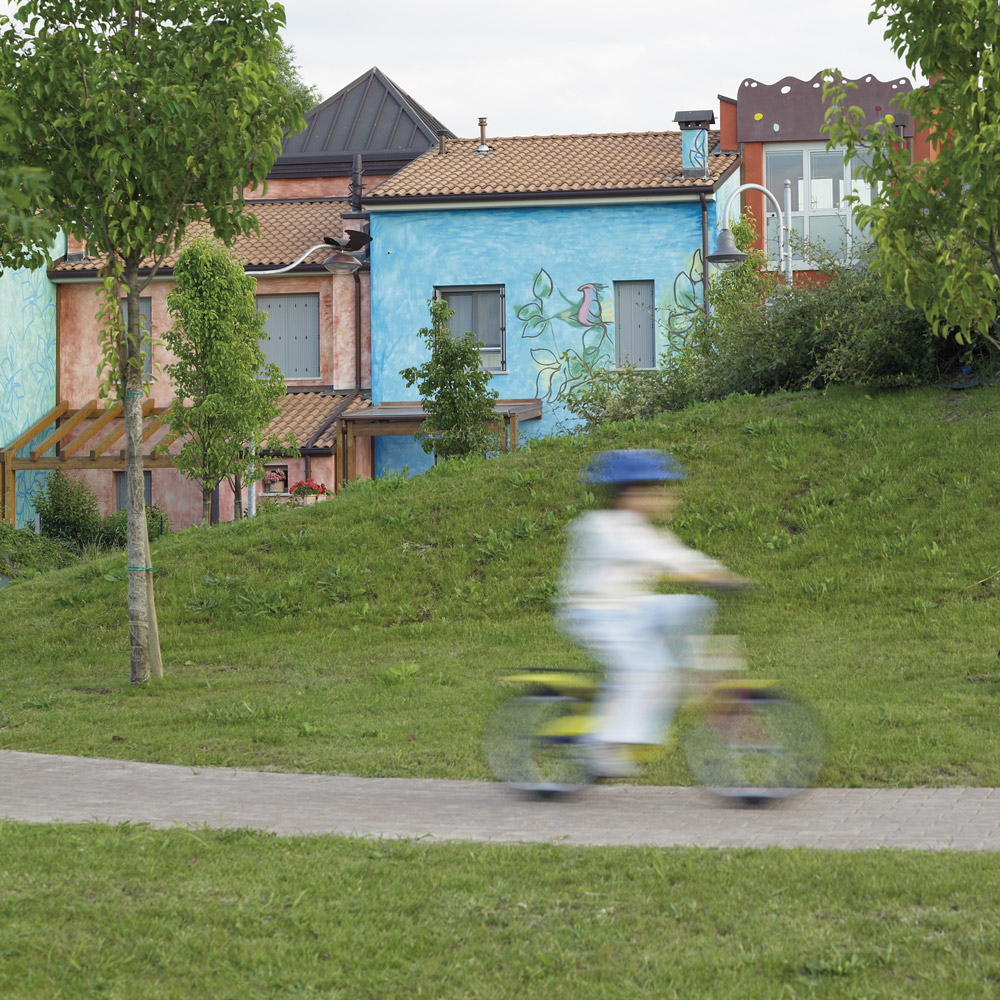
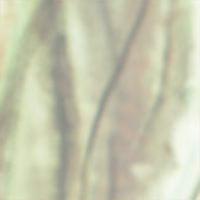
ENTHUSIASM (Dreaming)
Much research has been done in many fields. A lot of exhibitions and books have been produced, too. On occasion, rarely, concrete application follows up ideas. It’s hard because a whole lot of prejudices
have to be overcome and because from Utopia, i.e. the words, we have to get physical and concrete – so we have to come to grips with reality.
With the rules, standards, materials, building techniques, families, consolidated habits… It’s at this point that enthusiasm really counts.
In Greek it is Euthos – a mixture of determination, will power, ideal tension… It’s a fire inside which lights up the way and pushes you on, one step at a time…
This project was an experimental test-bed, but also revealed itself to be an unexpected generational adhesive.
The project catalysed the thoughts of the children, the families, educators, architects, the construction company: in short, it was a shuttlecock which while it was being bashed across the court pushed back the imaginative frontiers of the whole community.
It was discussed at the market, the town square, in the private homes of the people who went to live there.
“Coriandoline” comes from afar, it has a history, a history of its own to tell. It isn’t just an experience born of nothing or flowing from the pencil of some flamboyant artist, it is an experience with roots and wings, which is aware of its own history and is a faithful and authentic witness to it, and is a witness too to its prospective future, which will be designed by its inhabitants and by the evolution of the neighbourhood itself.
As all things which are repositories of history, it has a memory, and it… still… has something to say.
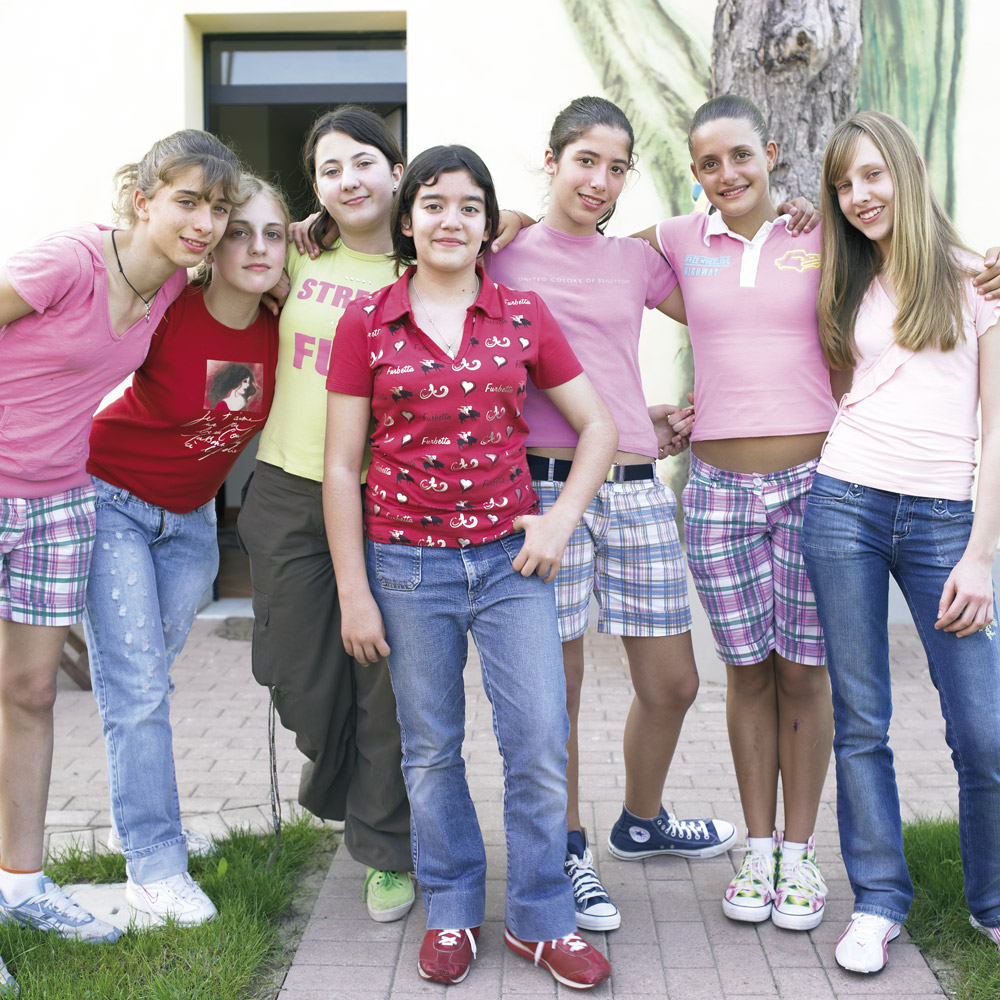

APPLICATION
A good idea and a bit of money for research and experimentation are not enough.
You need application too, as well as loads of work and tons of dedication.
Ideas have to be followed up, checked up, studied, developed, evaluated and then put on the table with a great sense of responsibility.
Any lack of background research, method and serious approach take the stuffing out of even the best ideas.
You need to have the courage to dare.
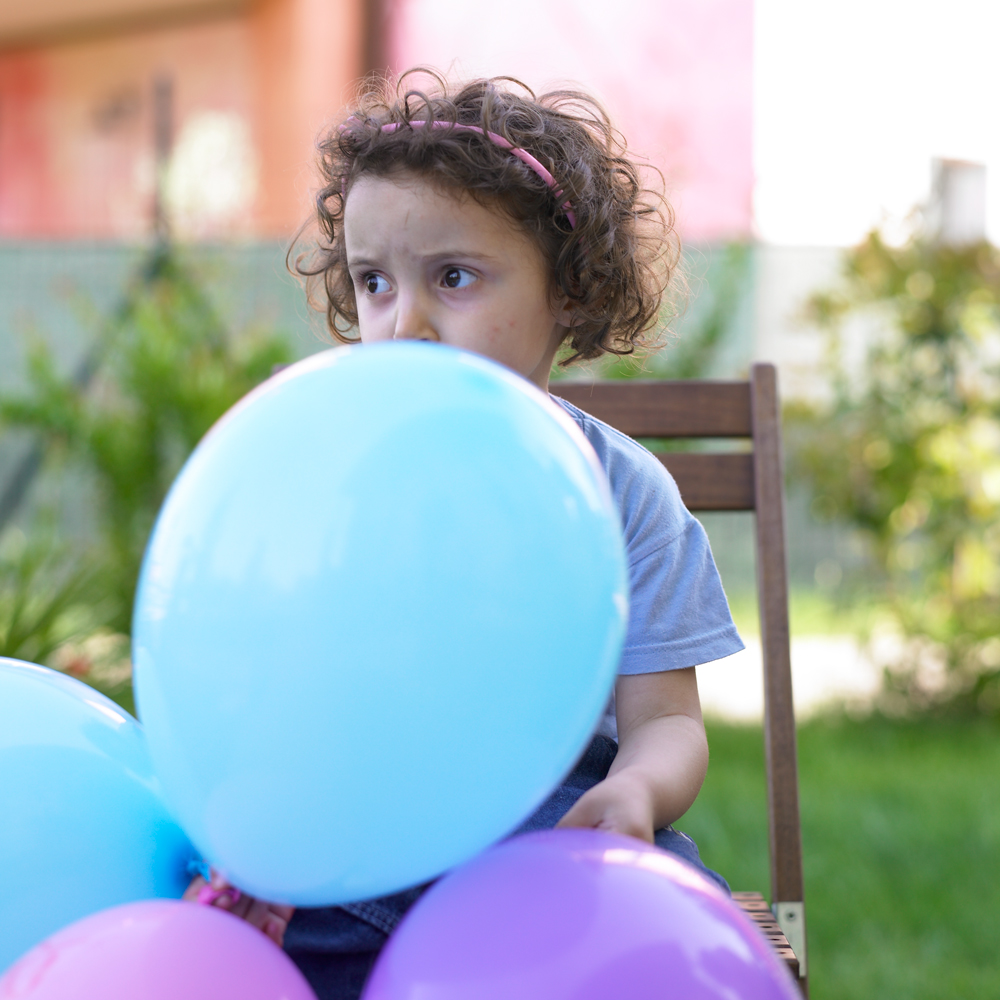

VERIFICATION
Verifying, step after step, what has been done represents a basic and necessary step in this methodological pathway.
Drawing out the positive aspects for confirmation and knowing how to identify the points of weakness or the mistakes in order to improve and correct the true path of progress is of fundamental importance.
Correcting errors as you go along so that details can be re-designed during the progress of the work is the best way of proceeding.
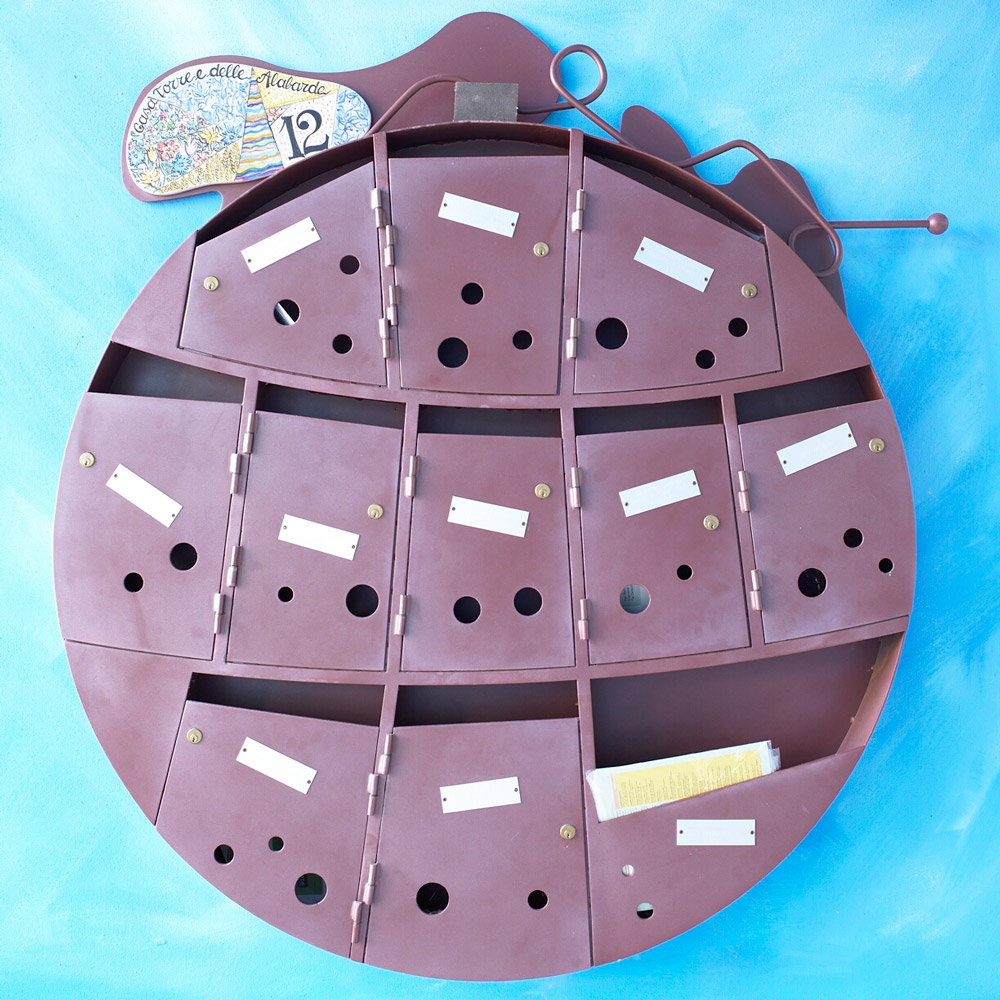
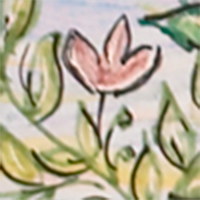
REFLECTING
The notes and suggestions made by the children during the initial stage of research were evaluated and discussed at length.
The children’s needs were not expressed in measurable terms, in terms of standards and using physical expressions. They were requests linked to use, to the possibility of performing activities, or in response to “emotional” requisites.
Synthesising and attributing meaning to these requests was a complex task, which led us to make a first series of assumptions and then to go back to the schools so that we could test our findings against the children again.
We were dealing here with interpretative processes.
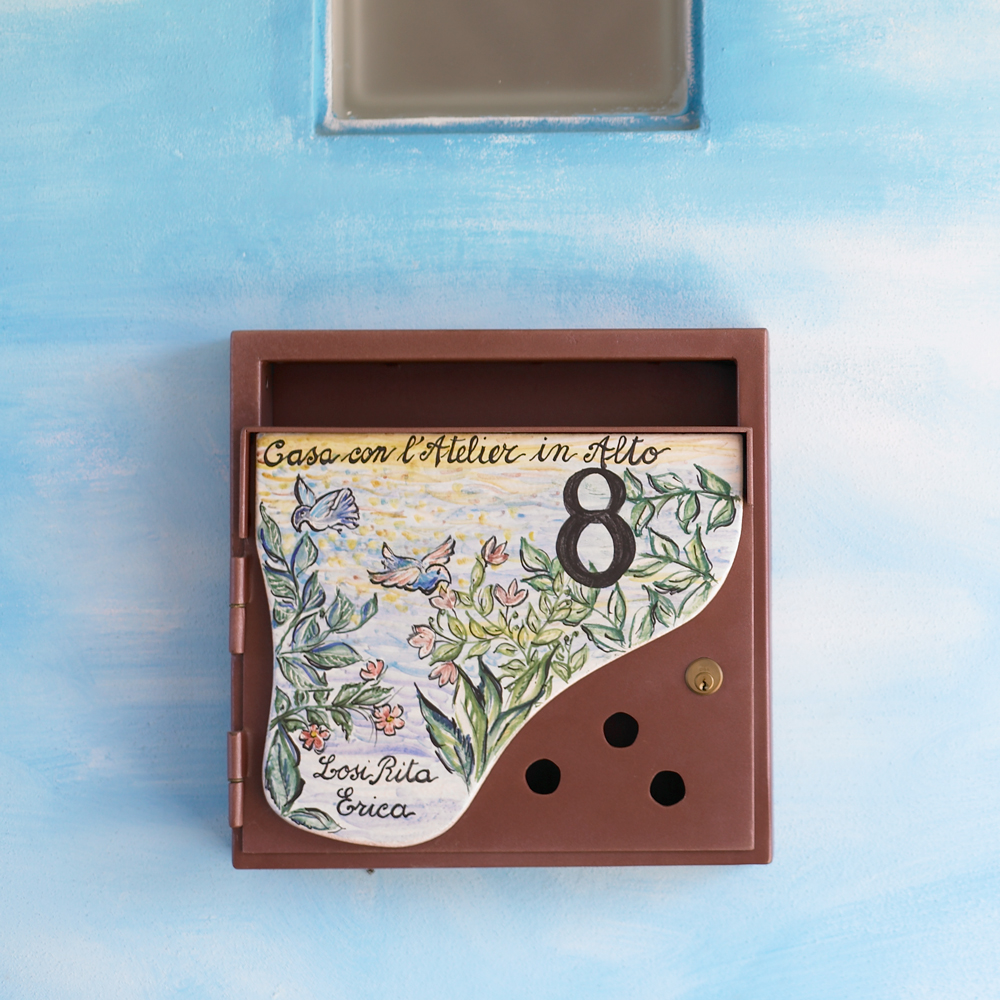

INTERPRETING
“We do not learn from the world because we observe it, but because we ask questions of it” (E. Kant)
A culture develops through a constant reprocessing of itself, inasmuch as it is constantly interpreted and re-negotiated by its members. Education too must be influenced by the spirit of negotiation and reconstruction of meaning.
If interpreting means rendering comprehensible and clear that which is or seems obscure, giving a meaning to something, explaining, reading,
deciphering, commenting, comprehending, where there is mutual comprehension, common thinking, union, an intermediate location between two points of view; if all this is true, our experience was a massive exercise in interpretation.
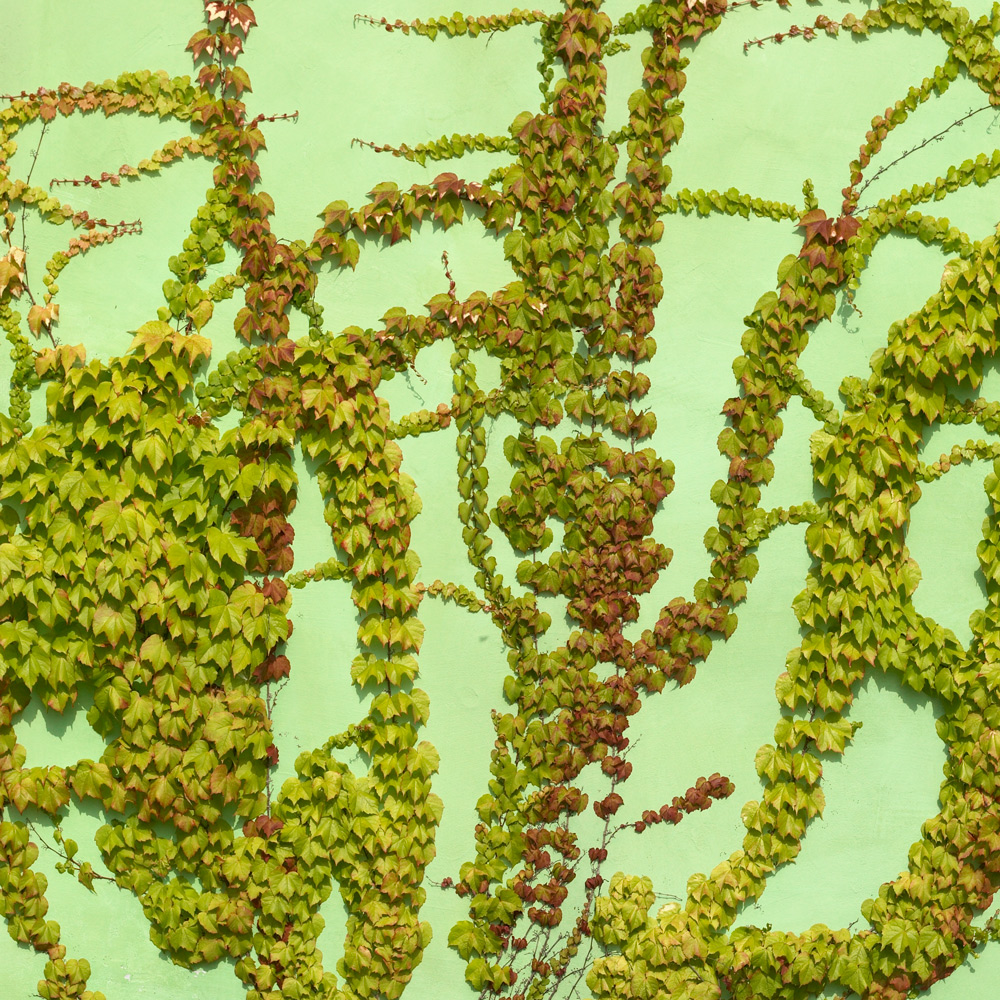

WEAVING TALENTS TOGETHER
In any experiment the possibility of producing innovation is triggered by the ability to see problems and solutions from new points of view, using people with different skills.
An individual who has been working for a very long time on a single theme knows how to solve problems using the talents he or she has.
Asking the same questions of different people means collecting new ideas and new hypotheses of how to work. If the different areas of expertise can cross-fertilise and the different approaches can find a way of putting themselves up for comparison and discussion, they are vastly enriched and provide solutions and ideas which are original and innovative.
All the research done can be called a large-scale cross-planting of the terrain, the seeds being drawn from the various areas of expertise which managed to work together in close relationships; the result has meaning exactly because it is the product of all of these talents, people who truly desired to blend their skills with those of others.
For many of the chief experts in the project, the result is what Marc Augè defines as the “Utopia of education”, i.e. the will to understand the world better and to deepen our understanding of ourselves.
In this sense discussion was open for the whole time span of the project, and thought extended to the interpretation and translation of what could actually be done.
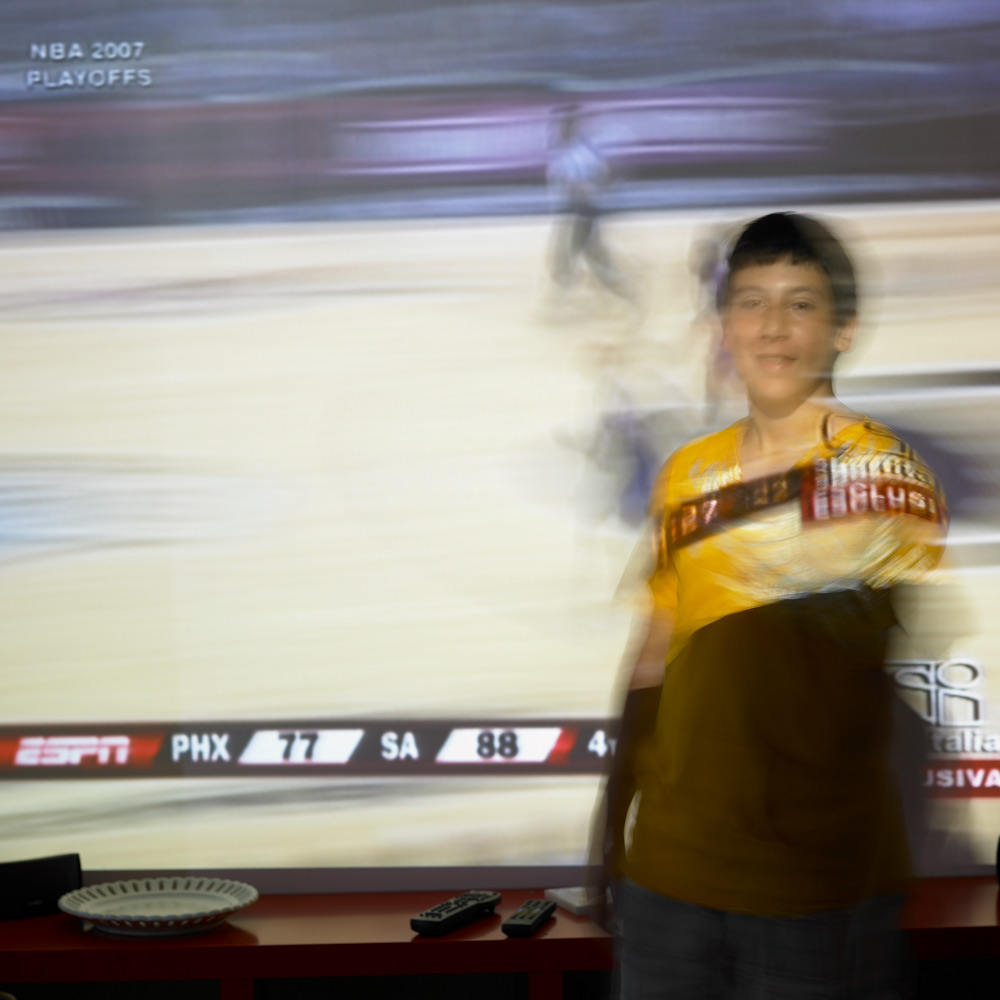

GETTING THE RESOURCES
Projects need sufficient resources so that ideas can become reality, and so that the ideas can be filled out through research and building alike.
It is often more difficult to find the ideas and the people who can actually manage the ideas than it is to secure the resources.
It is also true that funding and research travel on two different lines and only rarely meet up to breathe vitality into new and stimulating experiences.
More often you come across interesting experiences which are unresourced, or huge investments unenlivened by ideas.
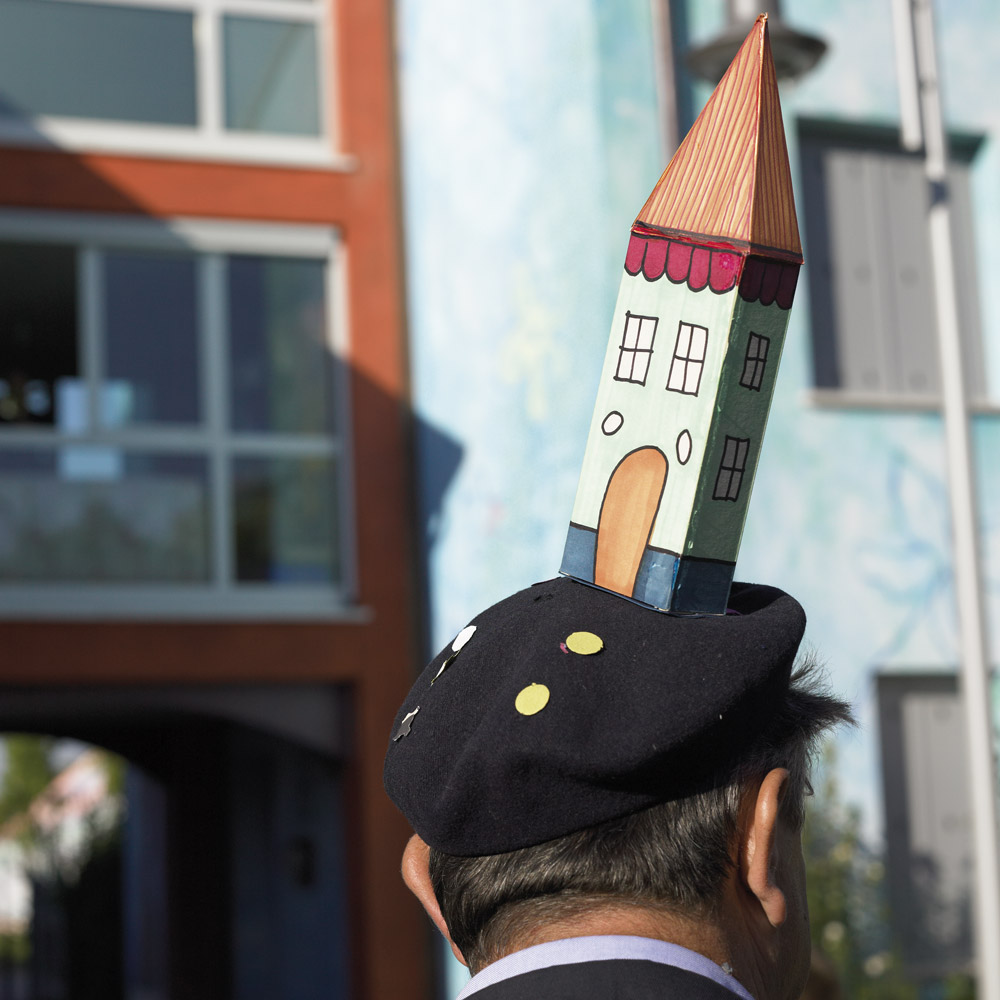

FINDING TIME / HAVING TIME
These days everything has to happen in “real time”, but what is the reality we are looking for? Is it the ephemeral reality of the first idea that comes
into our head, the first impression we pick up? This experience is matured from relationships that took the time they needed to develop.
The ideas matured from long meetings where everyone was given the time they needed to express their own thoughts and to develop them too, through discussion and reflection.
The ideas also had time to settle, to be filtered and have useless extraneous matter removed, and to get further enriched by ongoing reflections, and to weave together with new and parallel experiences.
The right value was given to every person and aspect and thing.
Time, as we have mentioned before, was our travelling companion, full of events, fast-moving, at times a tyrant of our thoughts, but also affording pauses for admiration, observation and reflection.
The people involved lived this time to the full, enjoying the events which make up the history of the project, the meetings at which people discussed among themselves, the shared imagination of a place that had meaning before it existed, because it was a place first built in the hearts and the minds of the participants.
